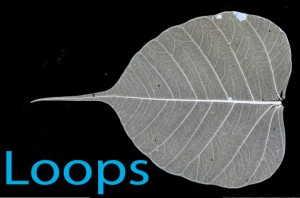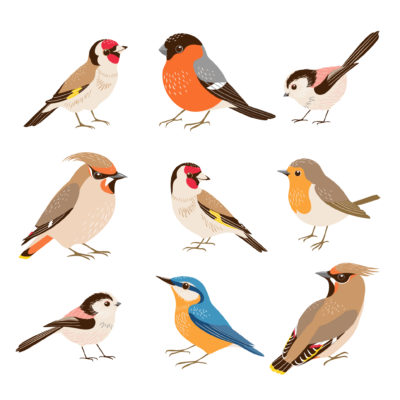by Richard William Nelson | Sep 27, 2013
 As a student at Christ’s College in Cambridge (1827-1831), Charles Darwin was reported given his first microscope by one of his insect-collecting friends, John Maurice Herbert. Today, scientists use satellite nanoscopes to study intracellular molecular dynamics and signaling networks between cells.
As a student at Christ’s College in Cambridge (1827-1831), Charles Darwin was reported given his first microscope by one of his insect-collecting friends, John Maurice Herbert. Today, scientists use satellite nanoscopes to study intracellular molecular dynamics and signaling networks between cells.
While loop networks have long been used in architecture, Uri Alon of the Weizmann Institute of Science is credited with discovering them in biology.
In 2002, Alon published an article entitled “Network motifs in the transcriptional regulation network of Escherichia coli” in the April edition of the journal Nature Genetics. These newly recognized loop networks, however, challenge the theory of evolution.
Continue Reading
by Richard William Nelson | Sep 20, 2013
 Geographical isolation is a driving force of speciation, hypothesized by Charles Darwin in The Origin of Species by means of natural selection. The emergence of new species is “chiefly grounded on the laws of geographical distribution, that forms now perfectly distinct [species] have descended from a single parent-form,” Darwin argued.
Geographical isolation is a driving force of speciation, hypothesized by Charles Darwin in The Origin of Species by means of natural selection. The emergence of new species is “chiefly grounded on the laws of geographical distribution, that forms now perfectly distinct [species] have descended from a single parent-form,” Darwin argued.
The University of California, Berkeley (UCB) Evolution 101 hosts the website page “Causes of Speciation.” Their argument for the theory is logical:
“Scientists think that geographic isolation is a common way for the process of speciation to begin: rivers change course, mountains rise, continents drift, organisms migrate, and what was once a continuous population is divided into two or more smaller populations.”
Continue Reading
 As a student at Christ’s College in Cambridge (1827-1831), Charles Darwin was reported given his first microscope by one of his insect-collecting friends, John Maurice Herbert. Today, scientists use satellite nanoscopes to study intracellular molecular dynamics and signaling networks between cells.
As a student at Christ’s College in Cambridge (1827-1831), Charles Darwin was reported given his first microscope by one of his insect-collecting friends, John Maurice Herbert. Today, scientists use satellite nanoscopes to study intracellular molecular dynamics and signaling networks between cells.
 Geographical isolation is a driving force of speciation, hypothesized by
Geographical isolation is a driving force of speciation, hypothesized by 